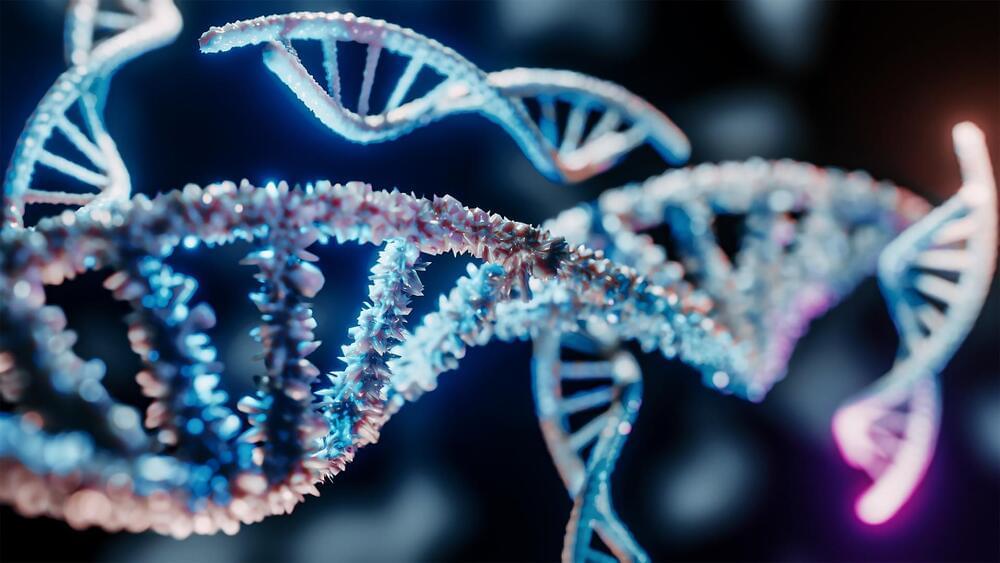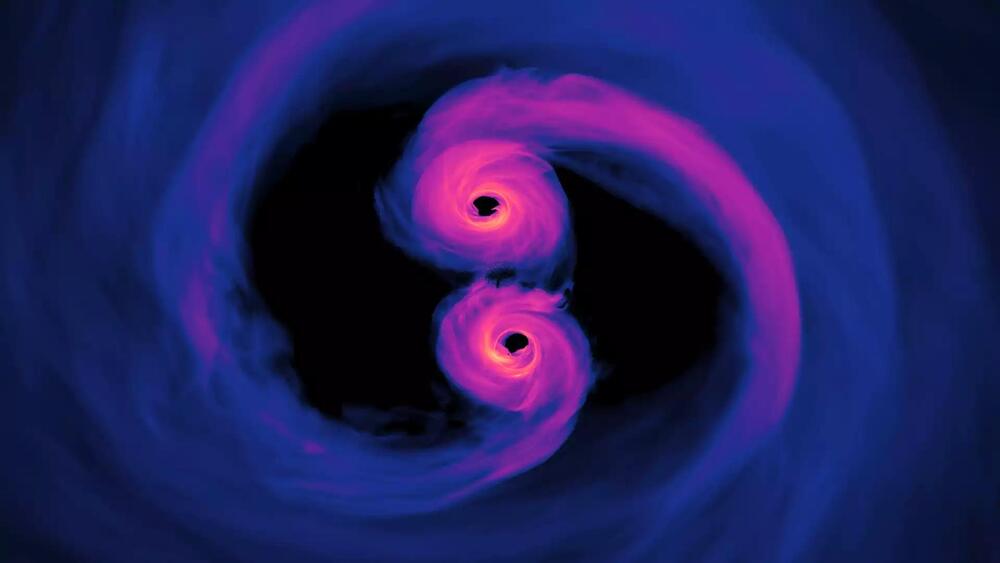Researchers from Google and Stanford have created accurate AI replicas of more than 1,000 people.
Set to redefine the future of hypergravity research, the Centrifugal Hypergravity and Interdisciplinary Experiment Facility (CHIEF) in Hangzhou, China, is approaching completion.
Developed under the leadership of Zhejiang University, this state-of-the-art facility promises to deliver unprecedented experimental capabilities, expanding the frontiers of scientific exploration in hypergravity conditions.
Backed by a budget of over 2 billion yuan (approximately $286.6 million), CHIEF is poised to become the world’s most advanced hypergravity research center.
Forget conventional electronics, DNA tech stores data, offers computing functions.
Called “primordial DNA store and compute engine,” the technology could store data securely for thousands of years in commercially available spaces without degrading the information-storing DNA, suggests testing.
In conventional computing technologies, the ways data are stored and processed are compatible with each other, according to researchers. However, in reality, data storage and data processing are done in separate parts of the computer, and modern computers are a network of complex technologies.
The new technology is made possible by using recent developments, which have enabled the creation of soft polymer materials that have unique morphologies.
The multistep process by which phagocytes engulf these deceased cells without eliciting an inflammatory response is called efferocytosis. Despite significant insights into the fundamental mechanisms of efferocytosis, its implications in disorders such as aging and cancer remain elusive. Upon summarizing and analyzing existing studies on efferocytosis, it becomes evident that efferocytosis is our friend in resolving inflammation, yet it transforms into our foe by facilitating tumor development and metastasis. This review illuminates recent discoveries regarding the emerging mechanisms of efferocytosis in clearing apoptotic cells, explores its connections with aging, examines its influence on tumor development and metastasis, and identifies the regulatory factors of efferocytosis within the tumor microenvironment. A comprehensive understanding of these efferocytosis facets offers insights into crucial physiological and pathophysiological processes, paving the way for innovative therapeutic approaches to combat aging and cancer.
Read writing from Sebastian Schepis on Medium. Software engineer, CTO, Co-Pi@Daigle Labs, mystic, meditator, father, friend. My interests include consciousness, prime numbers, math, music, people, nature.
In a groundbreaking development poised to reshape the landscape of quantum computing, D-Wave Systems has announced their latest innovation: the Advantage2 quantum processor. As the industry grapples with an ever-increasing demand for computational power, this announcement signals a pivotal moment in the quest to harness the full potential of quantum technology.
Game-Changing Technology The Advantage2 processor boasts a staggering 7,000 qubits, significantly surpassing its predecessors and setting a new benchmark for quantum performance. This advancement is expected to enhance quantum annealing processes, thereby accelerating solutions for complex optimization problems that classical computers struggle to handle efficiently.
Pioneering Quantum Real-World Applications D-Wave is focusing on addressing real-world challenges across various sectors, including logistics, pharmaceuticals, and cybersecurity. By providing unparalleled computing speed, the Advantage2 aims to facilitate breakthroughs in drug discovery and materials design, and to optimize intricate supply chain networks with unprecedented efficiency.
Scientists are diving deep into the origins of supermassive black holes, using recent gravitational wave detections as a key tool.
By leveraging signals from smaller black holes, researchers hope to detect the harder-to-catch waves from supermassive pairs, potentially unlocking the secrets of their formation and growth.
Unveiling the mystery of supermassive black holes.
The Firefly Sparkle was previously imaged by Hubble Space Telescope and Keck Observatory, but was followed-up using the power of both gravitational lensing and multi-wavelength data from JWST’s CAnadian NIRISS Unbiased Cluster Survey (CANUCS). The role of the lens was played by the massive galaxy cluster called MACS J1423.8 + 2,404, which lies between us and the Firefly Sparkle.
“Without the benefit of this gravitational lens, we would not be able to resolve this galaxy,” said Kartheik Iyer, a co-lead author of the paper, in a press release. “We knew to expect it based on current physics, but it’s surprising that we actually saw it.”
In the team’s paper, published in Nature on Dec. 11, they created a model to “undo” the visual distortions of the lensing. It turns out that the Firefly Sparkle’s original form appears like a stretched raindrop; its stars have not yet settled into either the central bulge or a thin disk. In other words, the galaxy is still very much in the process of forming.
The new year will bring a pair of lunar eclipses, but don’t expect any sun-disappearing acts like the one that mesmerized North America last spring.
His evidence, presented on January 1, 1925, changed how we see our place in the universe.








